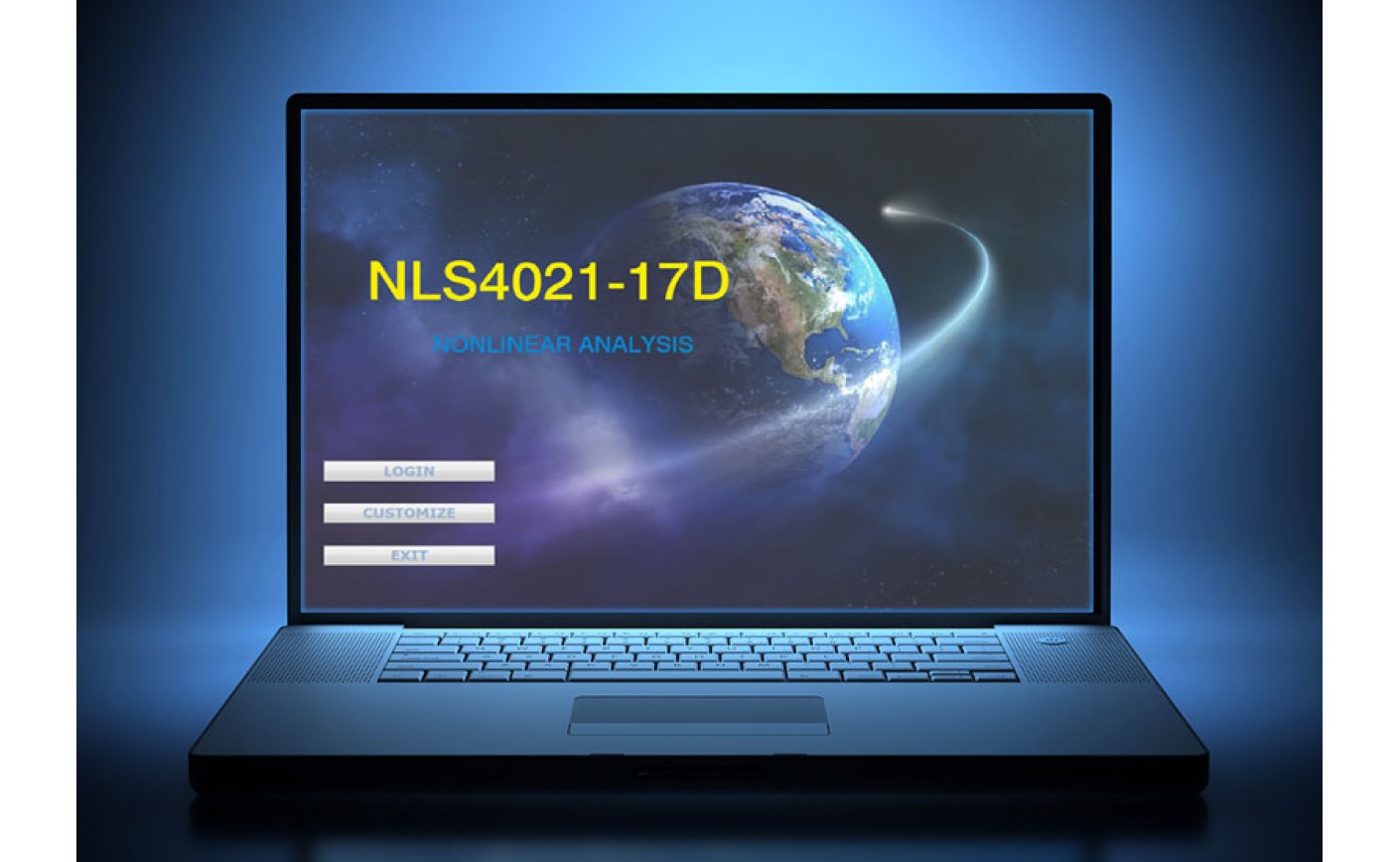The Most Prospective Directions Of 17D-NLS Development
Choosing of diagnostic method depends on its availability, informativity, possibility of graphic registration of acquired data, safety and affordability. At the present moment neither method of clinical and hardware examination cannot solve problems of modern diagnostics independently.
Recently appeared 17D-NLS allows to acquire sufficiently accurate information about parenchymaŌĆÖs and pancreatic ducts systemŌĆÖs condition. But until now two-dimensional NLS-graphy leaves unsolved certain issues related to spatial relations of examined structures and character of affection; in theory this issues may be addressed by three-dimensional NLS-graphy with spectral-entropic analysis (SEA) of tissues.
So, one of the most prospective directions of 17D-NLS development is a method of three-dimensional reconstruction of NLS-image, allowing to visualize projections hidden for two-dimensional scanning and to carry out anatomical reconstruction of researched area. This method allows to see any projection of acquired image, select separate parts of it and operate the data interactively using rotation and scaling of researched structures.

